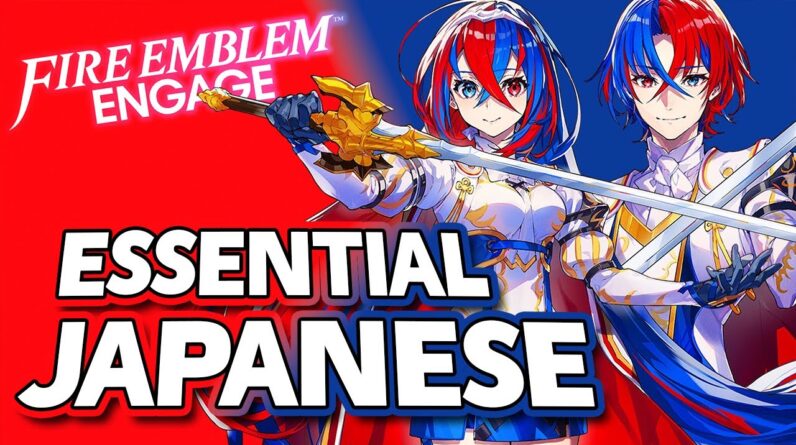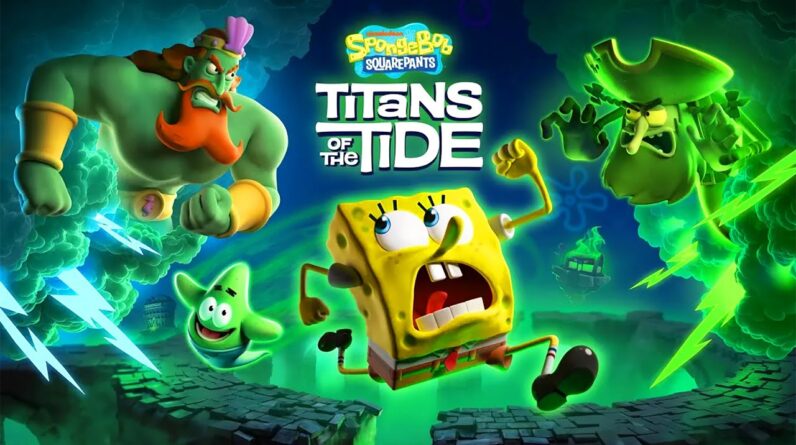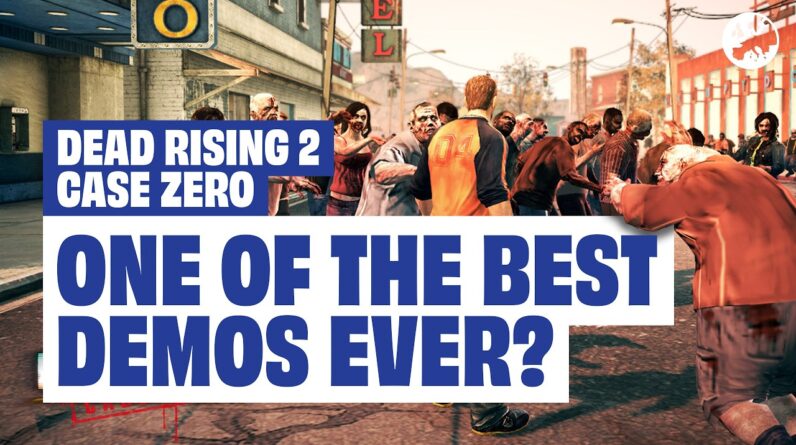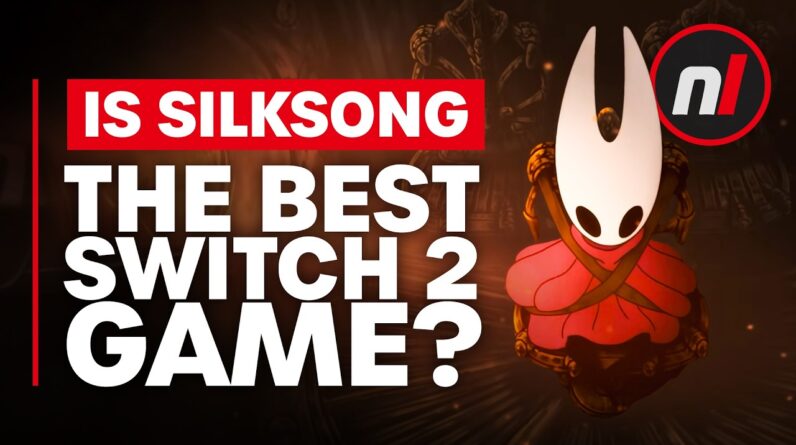
Learn all the essential Japanese you need to play Fire Emblem Engage in Japanese from the recent Fire Emblem Engage Beginner’s Introduction video.
————————————————————————————-
Timestamps
00:00 – What is Fire Emblem?
03:10 – Party Members
10:15 – Battles
20:41 – Features
25:42 – Leveling
29:28 – Class Change
32:53 – Bond System
36:13 – The Core of Fire Emblem
38:25 – Final Thoughts
41:18 – Immersion Stage (Test)
————————————————————————————-
Japanese Vocabulary for Fire Emblem Fans
Are you a fan of the popular role-playing game, Fire Emblem? If so, you might want to brush up on your Japanese vocabulary! In this video, you’ll learn all the essential Japanese words and phrases you need to know in order to fully enjoy the game.
Nakama
First up, we have the word “nakama,” which means “companion,” “fellow,” “friend,” “mate,” or “comrade.” It refers to the companions you meet on your journey in the game. In Japanese, the word also refers to a relationship where you do something together or with someone.
Sodatsu
Next, we have the verb “sodatsu,” which means “to grow,” “to develop,” or “to raise.” In the context of Fire Emblem, this refers to leveling up your companions and making them stronger.
Tatakao
In the game, you’ll also need to know how to “command” or “order” your companions in battle. The Japanese word for “command” is “tatakao,” and the word for “fight” is “tatakau.”
Sorzejo
You’ll have the opportunity to meet and level up over 30 characters in Fire Emblem Engage. These characters have different personalities, origins, and ages, and are referred to as “kotonaru” in Japanese. The word “sorzejo” means “all members,” and “sanju nin” means “30 people.” In the game, there are more than 30 characters to choose from, so “ijor” is used to mean “more than.”
Kenji and Kishi
In the game, you can choose from a variety of classes for your characters, including “kenji,” or “swordsman,” and “kishi,” or “cavalier.” “Ken” means “sword” and “shi” means “warrior,” so a swordsman is a warrior who fights with a sword. A cavalier is a warrior who fights on horseback.
Juso and Jorge
Another class option is the “juso,” or “heavy infantry.” “Ju” means “heavy” and “so” means “armed,” so a heavily armed soldier. “Jorge” is the Japanese word for “infantry,” or a foot soldier.
Madoshi
Finally, we have the “madoshi,” or “mage,” a magic-wielding class. “Ma” means “magic” and “shi” means “warrior,” so a mage is a warrior who fights with magic.
That’s it for our Japanese lesson on Fire Emblem vocabulary! With these words and phrases in your arsenal, you’ll be well on your way to mastering the game.






